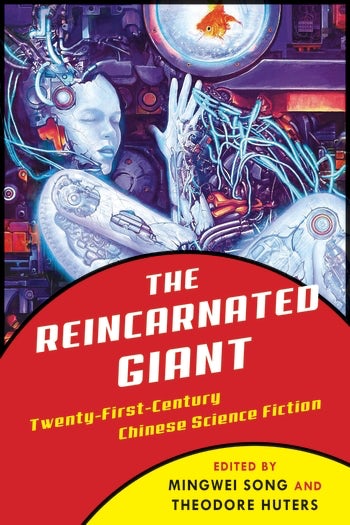Public Square Street from Dung Kai-cheung's "Atlas"
In the third section of his novel Atlas: The Archaeology of an Imaginary City, Dung Kai-cheung describes the streets of the fictional city of Victoria (based on Hong Kong) in the following excerpt he recounts the strange history of Public Square Street:
Yau Ma Tei’s Public Square Street is now called Jung-fong Gai (literally, “people’s quarter street”) in Cantonese, but before the 1970s it was known as Gung-jung Sei-fong Gai (public square street, that is, “square” as in an equal-sided rectangle). Some commentators have said that gung-jung sei-fong was a mistranslation of the English term “public square” and that the correct translation should have been Gung-jung Gwong-cheung (literally, “public plaza”). The name in English referred to an empty space in the street popularly known as Banyan Head. Itinerant performers would gather there at nightfall, casting divinations and telling fortunes, or singing and storytelling. Afterward, when street names were being revised, it was called People’s Quarter Street in Cantonese, taking on the meaning of a space where the populace at large would gather….
The only way of finding one’s way in the square street seems to have been by determining the direction. The four sides of the square street were fixed according to the four points of the compass, north, south, east, and west, but because there were no door numbers along the street (for no one could say where the street began and where it ended), it was rather difficult to determine if one were proceeding along the east street, the west street, the north street, or the south street. To be sure, this was not a problem for the local inhabitants, because whatever side of the street they lived on made no difference to them. Another special characteristic of the square street was that there was a flight of steps at each corner. It was said that if you kept turning right as you walked, the steps would lead upward, but if you went in the opposite direction, to the left, the steps would lead down. But whether you went up or down, you would still return to your original place by way of the four flights of steps and the four corners. Experts in cartography maintain that such phenomena can occur only on the surface of maps, or in pictures with fanciful optical illusions.
The conclusion of some map archaeologists was that Public Square Street was previously a walled village in the shape of a square, and what is known as the plaza was in fact an empty space at the center of the village. After 1860, new streets were laid out in Kowloon, and Public Square Street lost its original appearance when the village wall was torn down.
Adherents of the psychoanalytic school of cartography maintain that the inhabitants of Public Square Street suffered from the combined afflictions of agoraphobia and claustrophobia. There is also a contrary view to the effect that these two diseases could not exist at all in the world of Public Square Street.





1 Response